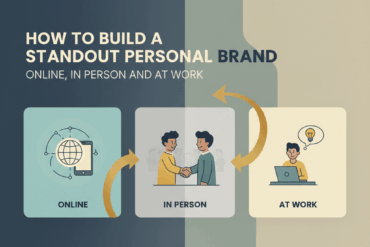By
When the concept of buyer intent was first introduced, the mathematics behind it were fairly basic. Practitioners would choose an available stream of web hits, then determine which accounts’ traffic indicated a propensity for interest in a category of product or service. Occasionally, a divide would normalize the account’s size, or a multiply would magnify a signal of poignance. But while the process was strong in data, it was weak in Data Science. It took time to be able to leverage true Data Science to account for a multi-stage buying journey and the massive quantity of buying intent signals available in today’s advanced buyer intent models.
Predictive Analytics, often misunderstood as an alternative to buyer intent, commonly had the exact opposite problem. While affording powerful logistical regression models based on any data that it could see, predictive analytics models suffered from near data blindness, as marketing departments struggled to feed anything more than CRM, website logs, and basic firmographic data to it. By definition, they could only predict what a prospect would do after they had entered the sales funnel, since little information prior to that point was available. Strong in Data Science; weak in data.
- Make sure buyer intent partners have the Data Science capabilities necessary to model the results you are looking for, but can also relate their findings to non-technical audiences.
- Build and buy buyer intent capabilities using a wide-focus model that includes statistically significant sample sizes. Focusing on just a few web properties won’t provide enough data to sort true signals from noise.
- Strengthen your team’s statistical understanding so that they can accurately interpret results from vendors and maximize your ROI. You don’t need a data scientist on staff, but a deeper understanding will help.





